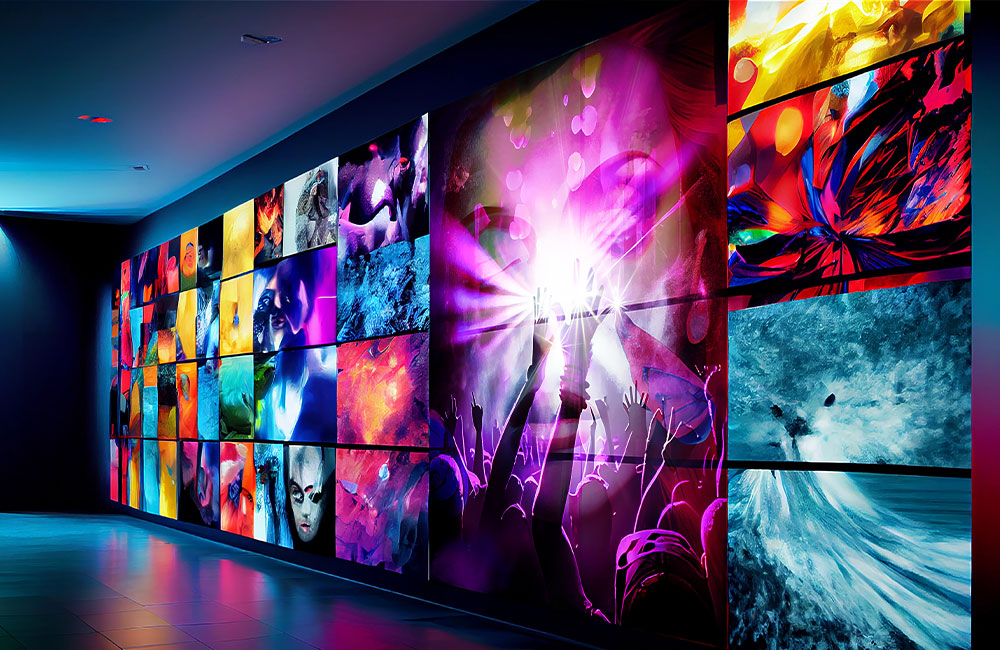Exploring The Way Definition Influences the Performance and Aesthetic Quality of LED Screens in Modern Display Techniques
Exploring The Way Definition Influences the Performance and Aesthetic Quality of LED Screens in Modern Display Techniques
Blog Article
Light Emitting Diode walls are becoming more and more common in various settings, from musical events and sports competitions to business presentations and art installations. One of the most important elements that affect the performance and visual quality of these displays is image clarity. Resolution denotes the quantity of pixels that make up the image on the screen. Higher image clarity indicates more pixels, which can lead to sharper and crisper visuals. Understanding how image clarity affects LED walls can help users make informed choices about their screen requirements.
When discussing resolution, it is essential to consider pixel pitch, which is the gap between the midpoint of one picture element to the midpoint of the following picture element. A reduced picture pitch results in a higher resolution, enabling additional clarity in the visuals displayed. For example, an LED screen with a picture spacing of 1.5mm will offer a clearer visual than one with a picture spacing of 3mm. This is especially crucial in environments where viewers are near to the display, such as in a small venue or a trade event booth. In these cases, a greater resolution can greatly improve the observing quality.
Another aspect of resolution is its impact on hue precision and luminosity. LED screens with greater resolutions often have better hue rendering, indicating that the hues displayed are increasingly vibrant and true to life. This is essential for applications like advertising, where the goal is to capture attention and convey a concept efficiently. Additionally, higher resolution screens can preserve brightness levels even when viewed from various perspectives. This is important in large venues where audiences may be positioned at different distances and angles from the display.
The functionality of LED walls is also influenced by image clarity in terms of refresh frequencies and reaction durations. A greater image clarity screen can support quicker update frequencies, which is essential for fast-moving content such as videos and animations. This means that the visuals on the display will look more view it now fluid and increasingly seamless, improving the total observing quality. In comparison, lower resolution displays may struggle with fast-moving content, resulting in fuzziness or delay. Therefore, for events that depend on dynamic images, selecting a screen with a appropriate image clarity is vital.
In summary, resolution plays a vital role in determining the performance and visual quality of LED walls. Factors such as picture spacing, color accuracy, brightness, refresh rates, and reaction durations all affect how efficiently a screen can communicate data and capture viewers. As technology continues to advance, understanding these factors will help users choose the right LED wall for their specific needs, guaranteeing that they obtain the optimal potential results in their presentations and events.